I am back in Ruaha national park in central Tanzania. The last time I was here was a couple of years ago.
I am not sure why I like this park so much, aside from the stunning amount of wildlife I usually see here. Perhaps it is something to do with its remoteness, and size (it is the largest national park in Tanzania)? Few people visit the park because it is so far from the well-known parks of the north of the country (Serengeti and Ngorongoro).
As we leave the airstrip I point out the giant baobab trees that dot the landscape. They are sometimes referred to as the “upside down tree” because in the dry season they are devoid of leaves, and their bare grey and gnarled branches resemble roots.
Some are very large, the circumference being more than 20m in diameter, and these are no doubt very old. It is hard to date these trees, as despite having faint growth rings, they fade and blend with other ones. The most reliable way to date a baobab is by carbon dating, and some huge trees are estimated to be about 2,000 years old.
As we approach camp on the Ifaguru River, we pass through forests of these trees. Nowhere else in Africa have I seen quite so many baobabs in one area, and we have to stop for a photo or two! However it is late morning already and the light is not so good. In the ensuing days we take lots of photos of the trees in this forest, including a few where we stand beside them, or climb in them.
These giant gnarled trees can be ring-barked and survive, and here many are stripped of bark in the dry season by elephants, as there is little else to eat. The baobab pulp and often hollow interior of these trees can hold up to 100,000 litres (26,000 US gallons) of water!
One day we stopped to knock some of the fruit out of a tree, which we cracked open and then tasted the pulp-coated seeds. These have a tangy taste, and you can recognize the high vitamin C content in them. If you suck the nut eventually you may be able to crack it and taste the almond-like paste inside. I have heard that roasted seeds made a kind of coffee, and ground baobab nuts could be used to make bread.
Another day we came across a tree that elephants had been feeding on, and we collected some of the strips of bark and took them to camp. There we soaked them in water and, with the help of one of the knowledgeable camp crew, made a strong rope that would also be good for making baskets.
Man finds the baobab a useful tree for various things aside from rope making and the fruit. The leaves can be cooked as a kind of spinach, and the fruit, wood and leaves may be used in traditional medicine. The fruit can be made into a refreshing drink, and the dried pods may be used as a musical rattle.
We passed some trees in Ruaha that had wooden pegs knocked into the trunk by honey-gatherers. Traditionally trees were passed down from generation to generation, because of their many uses and the tendency for bees to build their hives in them. Now these honey-gatherers are deemed poachers, and have to sneak into the park at night to gather honey by smoking out the bees.
I have always thought that there was only one species of baobab in continental Africa (Adansonia digitata), one in Australia (referred as a “boab” there), and six species in Madagascar.
However I recently discovered that we actually have two species in Africa, very difficult to tell apart, but genetically distinctly different. The “new” species Adansonia kilima is diploid (with cells consisting of two sets of chromosomes, so having 2 times more chromosomes than a haploid cell), like its close cousins in Madagascar, and is generally found at slightly higher elevations (650–1500 m). It’s flower does not fully fold up into a ballerina as it ages, unlike its more distant and widespread tetraploid (having 4 times more chromosomes than a haploid cell) relative Adansonia digitata, which generally prefers elevations lower than 800m.
The Ruaha River in this area is at about 750m above sea level, so most of the park is above 800m. This means that most likely all those wonderful trees we were marveling at in Ruaha are not Adansonia digitata, but Adansonia kilima. Next time I visit, I will take a much closer look at the flowers and see if I can determine which species they actually are. Contact me if you know which species predominates here.
The most wonderful thing about guiding is that we are always learning!
Justin

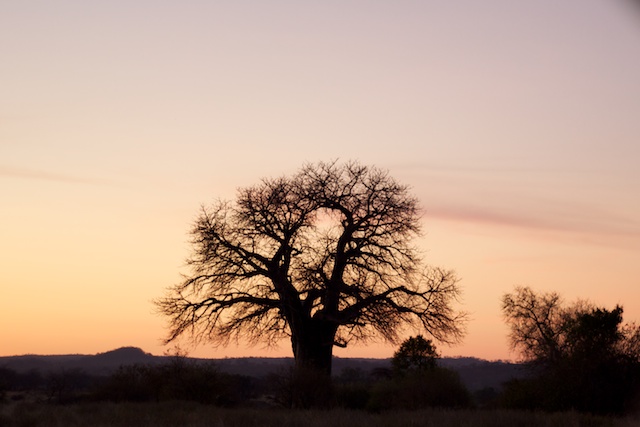
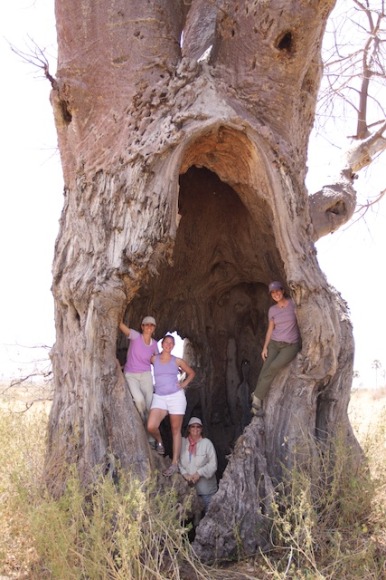

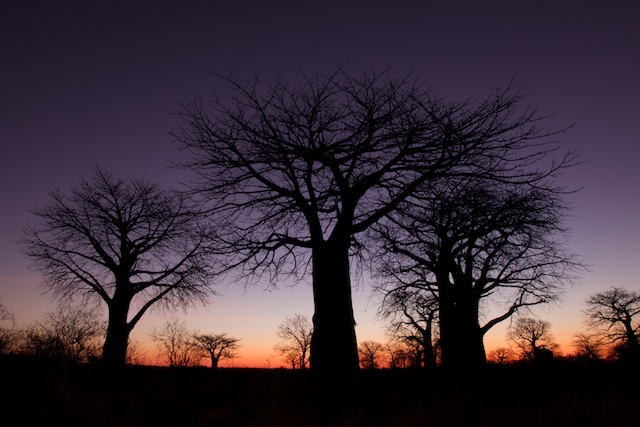
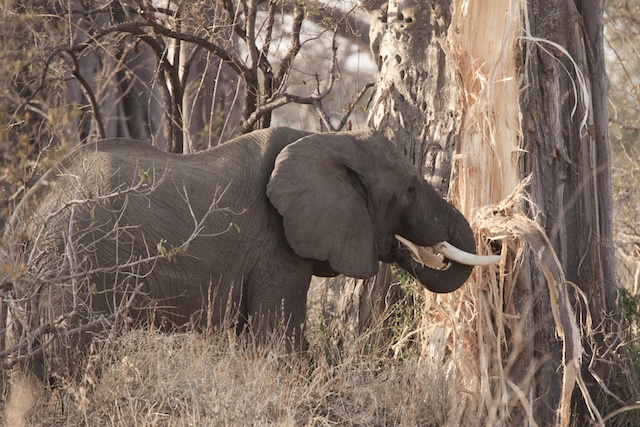
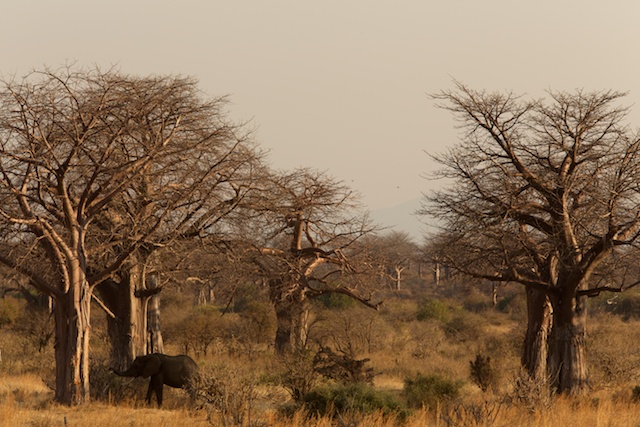

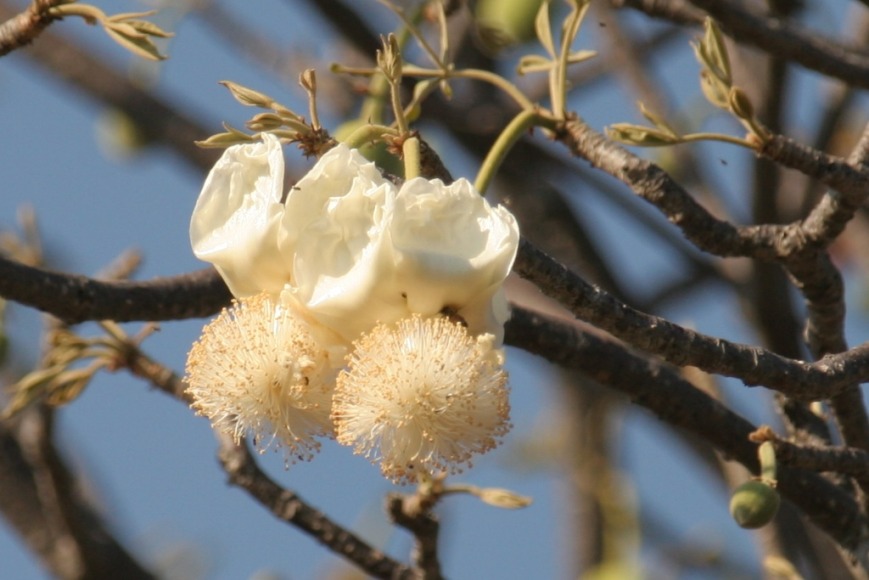
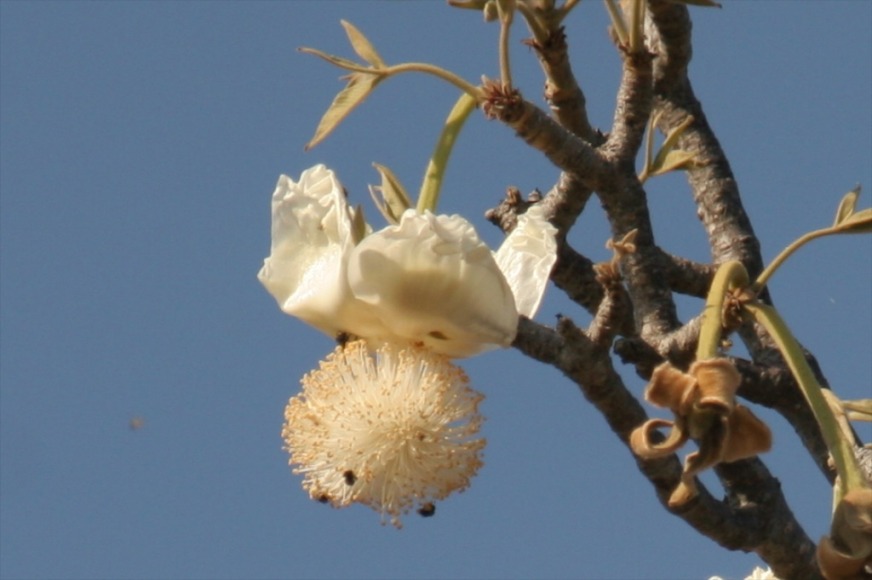
Since this article was published a counter argument “One African baobab species or two?” https://onlinelibrary.wiley.com/doi/abs/10.12705/655.6 was written in 2016 claiming that in fact these differences are not warranted. It is very convincing so most likely there is only one species of baobab on the African continent called Adansonia digitata. Once again we are always learning!